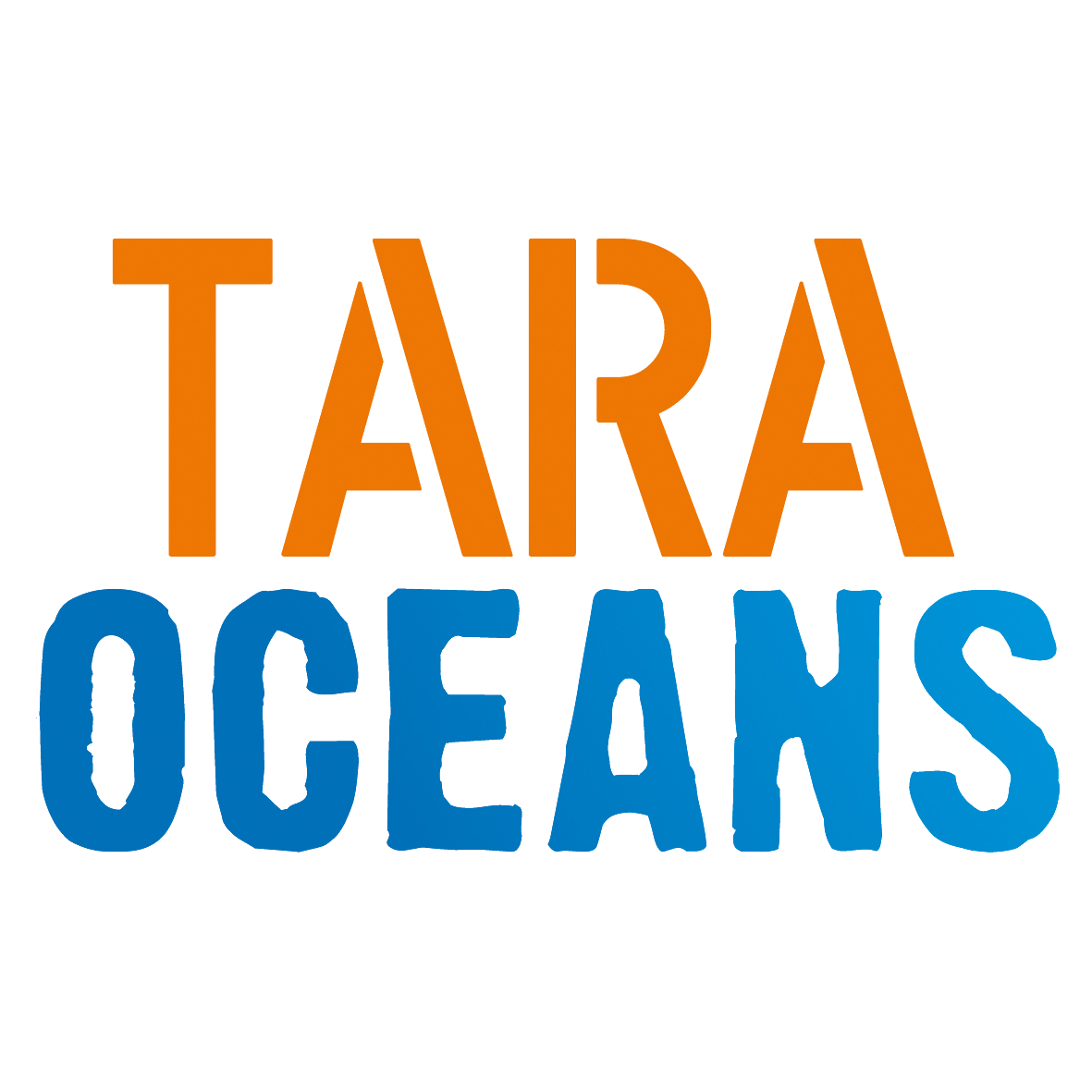On top of our multi-omics approach to assess ocean genomes and genes, we used a series of innovative, automated imaging tools to identify the concentration, taxonomic composition, and morphological characteristics of plankton and non-living suspended particles across organismal size-fractions. These included Underwater Video Profiler (UVP), Zooscan, FlowCAM, Imaging FlowCytobot (IFCB), Flow Cytometry, and a brand-new high content screening 3D-microscopy workflow (e-HCFM, Colin et al., eLIFE, in review), together encompassing a comprehensive organismal size range, from pico-plankton to large gelatinous zooplankton and marine snow, across different taxonomic and trophic groups (Romagnan et al., Sci. Data, in prep), and generating 11 different datasets (Table 2). More classical imaging techniques were also used to generate smaller datasets at higher resolution, including confocal (3D-CSLM) and electron (SEM and TEM) microscopy (Table 2). The full strategy was used from surface to 1000 m depth, with a current production of >6 million images of single plankton from >9,200 size-fractionated plankton communities (>30 Terabytes; Deliverables F14). In the absence of an international framework to share and annotate environmental images (the equivalent of GenBank for DNA sequences), we developed a web- based application, EcoTaxa (http://ecotaxa.sb-roscoff.fr/), which allows for the first time online archiving, exploration and collaborative annotation of plankton images by experts worldwide. EcoTaxa also provides tools for computer-assisted image recognition (including deep learning algorithms) to accelerate time consuming taxonomic assignation by experts. The taxonomy implemented in EcoTaxa corresponds to the universal eukaryotic framework developed online with the world community of expert taxonomists in the UniEuk effort (http://unieuk.org; Berney et al., J. Euk. Microb., 2017), allowing future cross-comparison between imaging and DNA sequencing data.
Up to now, Tara Oceans imaging data has been used to detect and validate organism interactions in combination with ‘omics’ analyses (eHCFM in Lima-Mendez et al., Science, 2015; Mordret et al., ISME, 2016), associate deep carbon sequestration with surface plankton networks (UVP and Zooscan in Roullier et al., Biogeosciences, 2014; Guidi et al., Nature, 2016), and unveil the overlooked but highly significant biomass of Rhizarian protists which exceeds that of zooplankton in (sub)tropical oceans (UVP in Biard et al., Nature, 2016). The TO imaging dataset represents a veritable treasure trove for future analyses in ecology (e.g. whole plankton abundance/size slopes correlated with environmental parameters), comparative morphogenetics (e.g. correlations between shapes, genomes, and taxonomy), and evolution (e.g. analyses of cell/organisms complexification through combined 3D microscopy and single-cell ‘omics’, see our 10Y- vision).
Table 2. Key features, size, and completion of imaging datasets generated from >9 200 plankton samples collected by the Tara Oceans (TO) and Tara Oceans Polar Circle (TOPC) expeditions.
| Imaging dataset (Instrument & plankton samples) | Plankton size range | Voyage | # of plankton samples analysed | Sample imaging & processing | # objects | Classification (predicted P, curated C) | EcoTaxa Release |
|---|---|---|---|---|---|---|---|
| UVP | 100 > 1 mm | TO + TOPC | 776 | 100% | 769 497 | P + C (100%) | available |
| ZooScan 680 Regent | 100 > 0.68 mm | TO | 189 | 100% | 126 389 | P + C (36%) | available |
| ZooScan WP2 200 | 10 > 0.2 mm | TO + TOPC | 203 | 100% | 394 956 | P + C (95%) | available |
| ZooScan Multinet | 10 > 0.2 mm | TO | 285 | 100% | 397 723 | P + C (92%) | available |
| ZooScan Bongo 300 | 10 > 0.3 mm | TO | 92 | 100% | 154 624 | P + C (30%) | available |
| ZooScan 680 Regent | 10 > 0.68 mm | TOPC | 23 | 100% | 14 433 | P + C (16%) | available |
| ZooScan Bongo 300 | 10 > 300 µm | TOPC | 19 | 100% | 42 365 | P + C (8%) | available |
| FlowCAM 180 Bongo | 180 > 20 µm | TOPC | 317 | 100% | 704 053 | P + C (15%) | available |
| IFCB | 160 > 5 µm | TOPC | 6982 | 100% | 2 307 437 | P + C (30%) | available |
| e-HCFM H5 5-20 | 20 > 5 µm | TO | 76 | 100% | 336 655 | P + C (5,5%) | available |
| e-HCFM H20 20-180 | 180 > 20 µm | TO + TOPC | 128 | 100% | >106 | – | 2017 |
| e-HCFM H0.2 >0.2 | 0.2 µm | TOPC | 14 | 100% | – | 2017 | |
| HiRes 3D-CLSM | 2000 > 1 µm | TO | 65 | 50% | 3 551 | C (100%) | 2017 |
| SEM | 200 > 0.1 µm | TO | 31 | STEFIexp | 427 | C (100%) | 2017 |
| TEM virus | < 0.1 µm | TO + TOPC | 43 | 100% | 4300 | C (100%) | 2017 |
| TOTAL | 9243 | 6 million |
